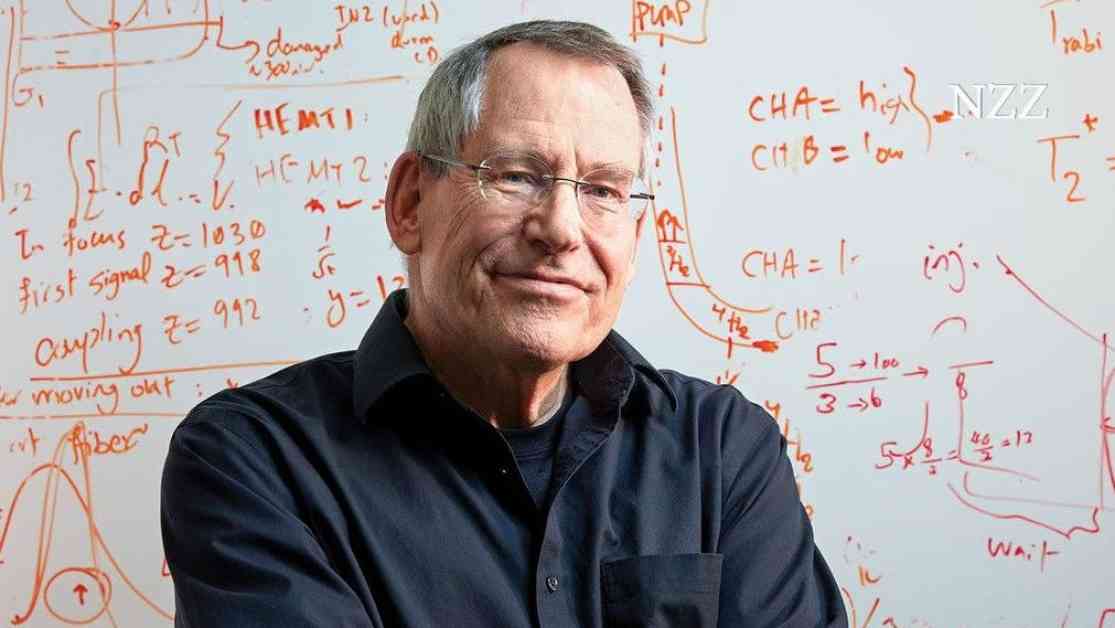Physicist John Preskill believes that the threat posed by quantum computers will eventually become a historical footnote, with the benefits far outweighing any risks. He explains his transition from particle physics to quantum computing and the connection between fault-tolerant quantum computers and the robustness of space and time.
John Preskill holds the Richard Feynman Professor of Theoretical Physics at the California Institute of Technology. Feynman, a renowned physicist, was one of the first to contemplate the idea of quantum computers. Despite the pressure of following in Feynman’s footsteps, Preskill humbly accepts the challenge. He recalls engaging in scientific discussions with Feynman but regrets not delving deeper into the topic of quantum computers.
Feynman’s early thoughts on quantum computers in the 1980s laid the foundation for future advancements in the field. His proposal to use quantum mechanics principles for computing complex systems with many electrons highlighted the potential of quantum computers. Preskill’s interest in quantum computers was piqued in 1994 when mathematician Peter Shor’s algorithm showcased the capabilities of quantum computing in solving complex problems.
The transition from particle physics to quantum information was driven by the discontinuation of the superconducting supercollider project in 1993. Preskill’s curiosity and desire to explore new avenues of research led him to quantum computing. Despite the progress made in quantum computing, challenges remain in isolating quantum systems from external interference to minimize errors during computations.
Preskill coined the term “Noisy Intermediate-Scale Quantum Computing” to describe the current state of quantum computers with approximately a hundred error-prone quantum bits. While Google demonstrated the superiority of a quantum computer in solving specific problems compared to classical computers in 2019, the reliability of these systems remains a concern. The implementation of error correction mechanisms is crucial for advancing quantum computing for practical applications.
Companies and institutions are investing heavily in quantum computing, although practical benefits may take decades to materialize. Preskill acknowledges the hype surrounding quantum technologies but advises a cautious approach, noting that significant advancements often require time. The potential of quantum computers to revolutionize material design and drug development outweighs the risks posed to secure communication systems, as new encryption methods resistant to quantum attacks are being developed.
Preskill’s expertise extends beyond physics to baseball, a childhood passion that influenced his scientific pursuits. A wager with Stephen Hawking in 2004 over the preservation of information in black holes showcased Preskill’s interdisciplinary interests. The parallels between quantum error correction and the robustness of space and time highlight the interconnectedness of information theory and our understanding of the universe.
In conclusion, John Preskill’s insights shed light on the evolving landscape of quantum computing and its potential to reshape various fields. Despite the challenges and uncertainties, the allure of unlocking the mysteries of quantum mechanics drives researchers like Preskill to push the boundaries of scientific exploration.
















![Indie music fans gather at l’Antipode for [Face B] Kool Things soirée on Saturday night news-15112024-105933](https://shanghainewstv.com/wp-content/uploads/2024/11/news-15112024-105933-324x160.jpg)
